

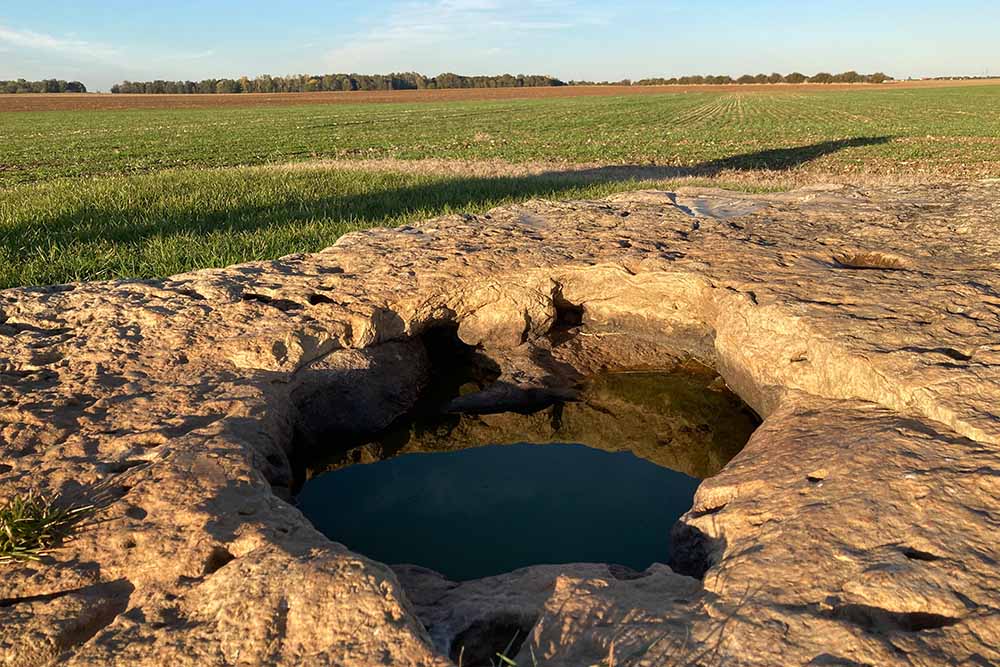
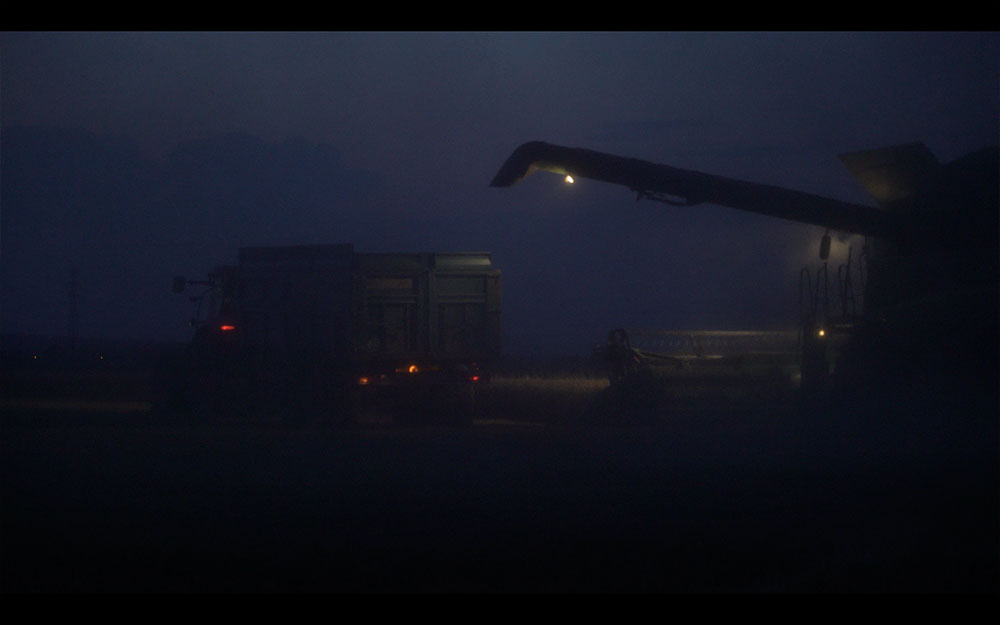
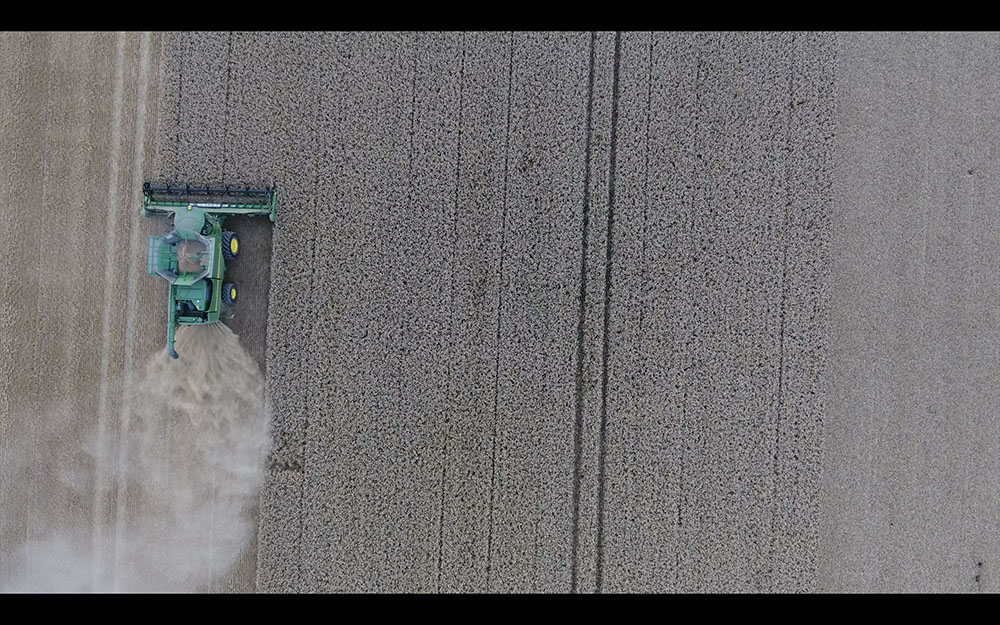

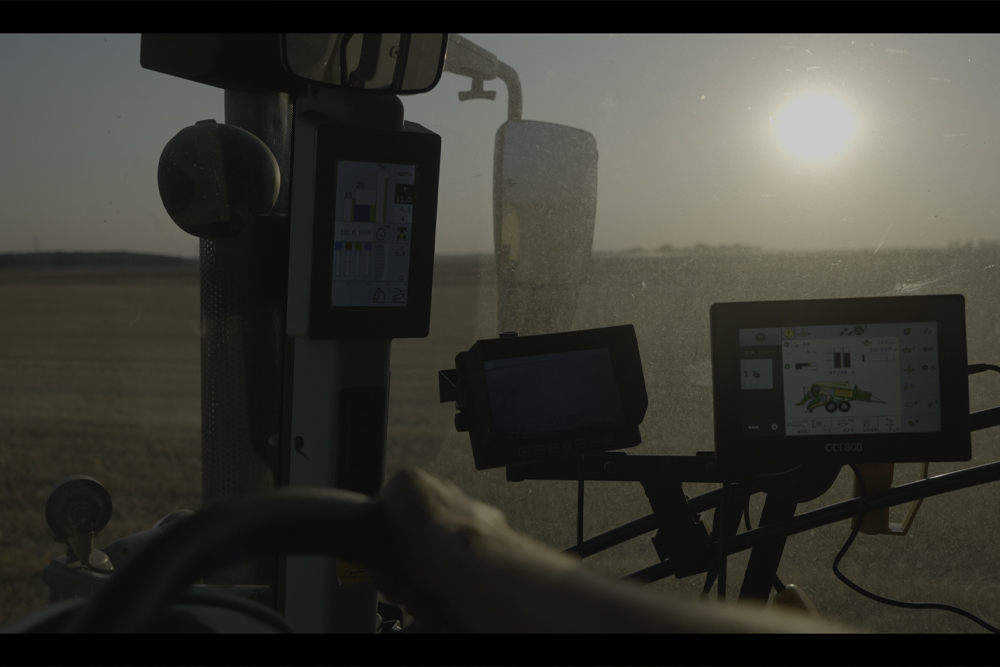
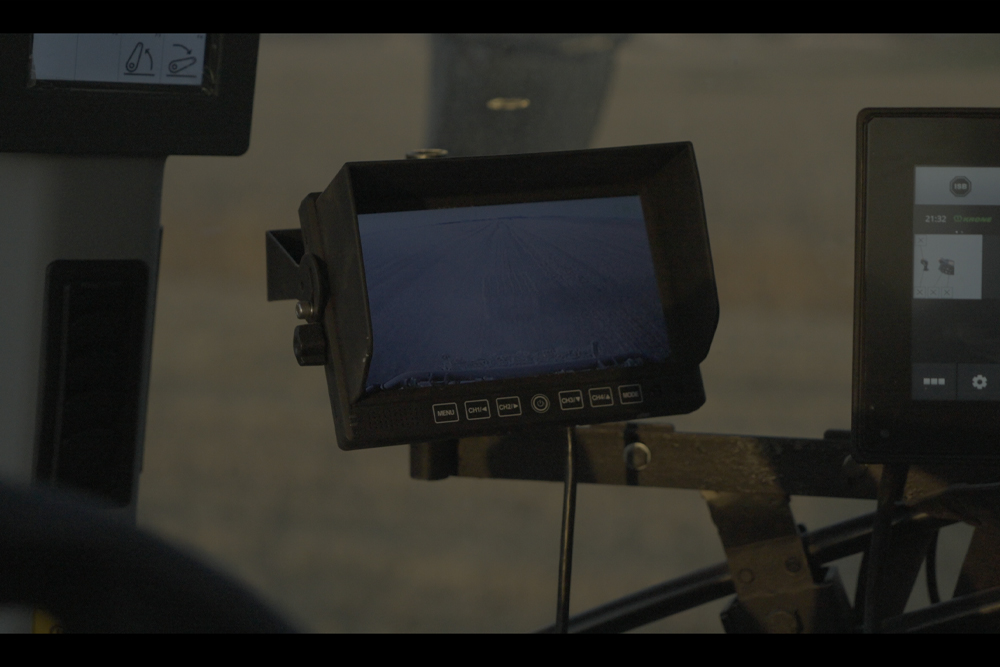
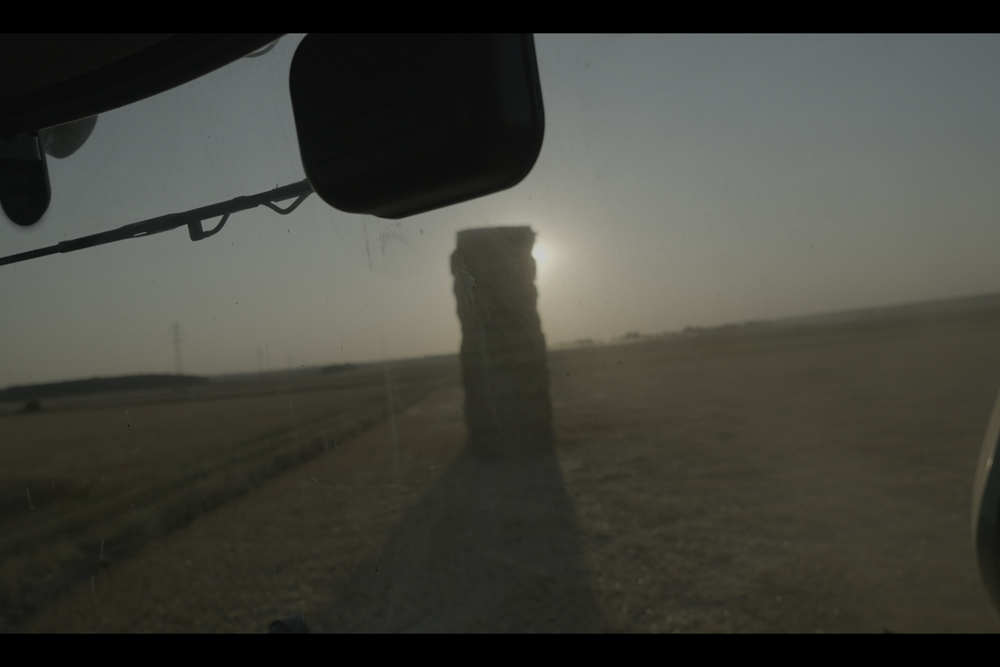
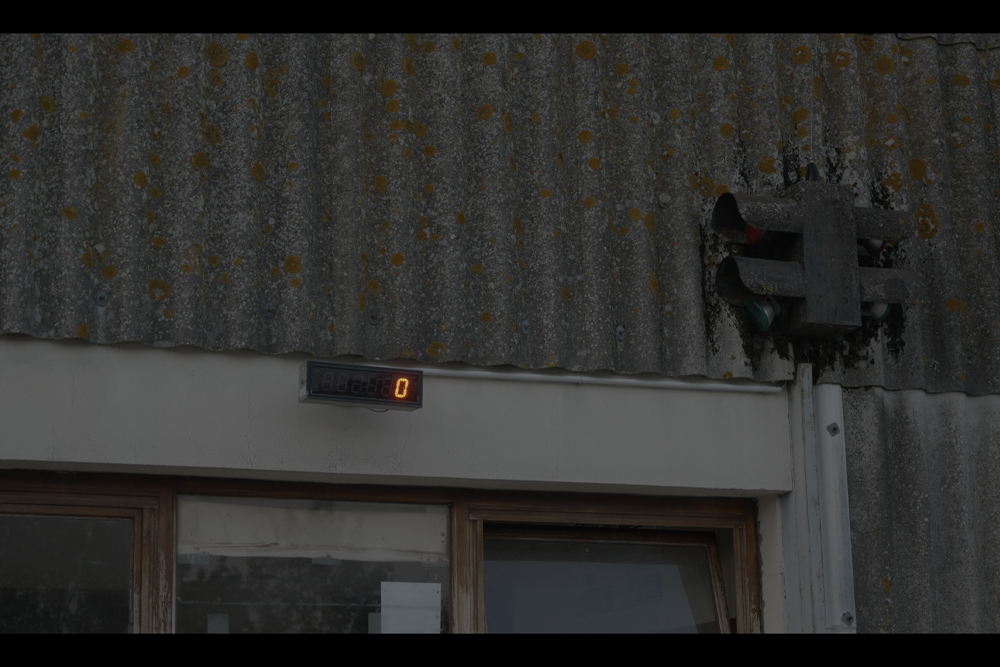

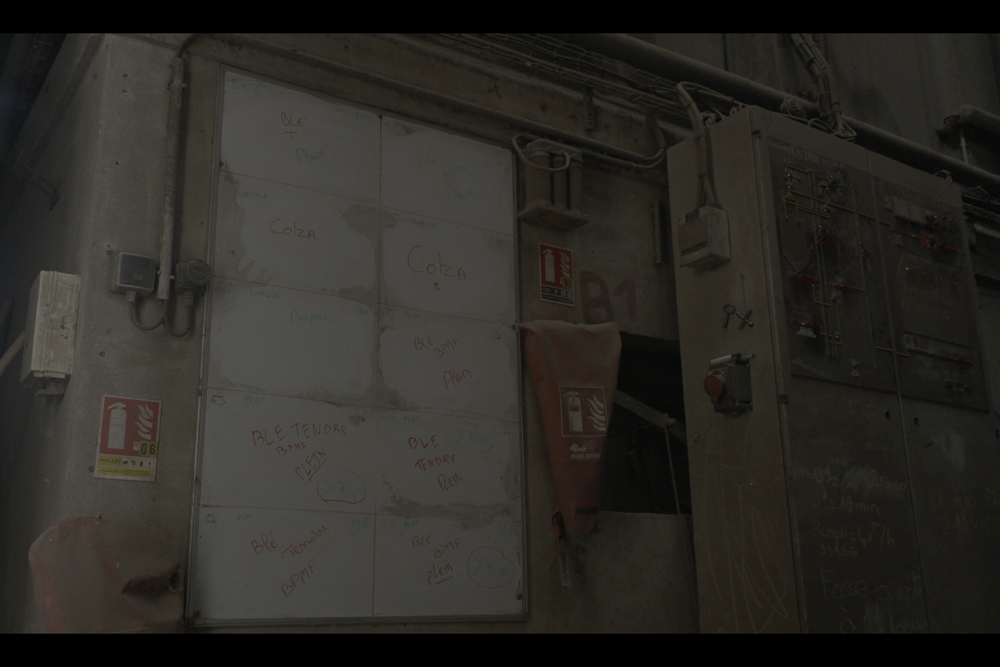
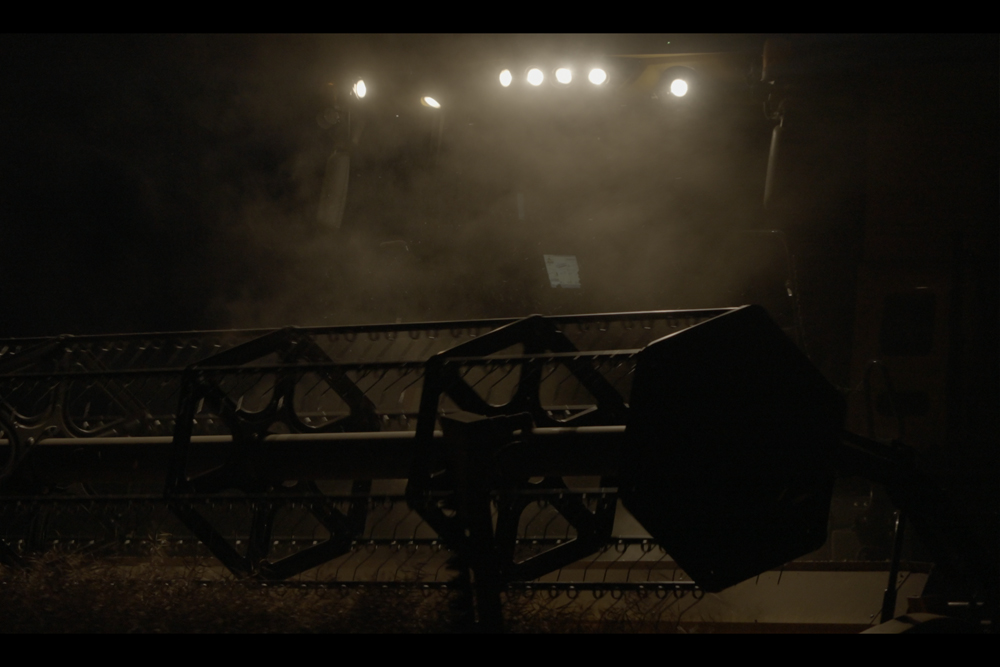
(en developpement)
video essay, fiction documentary
Entitled CAIN, The Trial of the Man with the Crooked Finger, this video essay project is shaped as an oniric inquiry on the key event of our occidental civilisation: the birth of agriculture. This historical point is often shown by the convergence of founding myths describing it as the first symbolic revolution. This major upheaval in the relation with the environment could also be a significant earthquake in the evolution of the human subjectivity. This introspective return to this moment starts to be here a critical tool adressing our era, when language similarly progresses toward new steps under the influence of our emerging communication tools and the disappearance of our former climatic conditions.
Link (pre-pilot), directions of the begining of the project: https://vimeo.com/470831168
(in development)
video essay, fiction documentary
Entitled CAIN, The Trial of the Man with the Crooked Finger, this video essay project is shaped as an oniric inquiry on the key event of our occidental civilisation: the birth of agriculture. This historical point is often shown by the convergence of founding myths describing it as the first symbolic revolution. This major upheaval in the relation with the environment could also be a significant earthquake in the evolution of the human subjectivity. This introspective return to this moment starts to be here a critical tool adressing our era, when language similarly progresses toward new steps under the influence of our emerging communication tools and the disappearance of our former climatic conditions.
Link (pre-pilot), directions of the begining of the project: https://vimeo.com/470831168






En collaboration avec Audrey Quaranta, vidéo-installation projet en cours
In collaboration with Audrey Quaranta, ongoing video-installation project




Video-installation in which the system of the screen merges with the system of the infrastructure of the exhibition space building (thermal, hydraulic and electrical system). A dialogue between the screen and the space appears by the actions of the produced images on this last one and vice versa. It engages a reconfiguration of the notion of ‘domus’ which reexamines our way of inhabit the world, and especially the named mode ‘domestication’. It seeks a different intra-human and inter-species relation by the emergence of other communications and other aims given to images.
Video-installation in which the system of the screen merges with the system of the infrastructure of the exhibition space building (thermal, hydraulic and electrical system). A dialogue between the screen and the space appears by the actions of the produced images on this last one and vice versa. It engages a reconfiguration of the notion of ‘domus’ which reexamines our way of inhabit the world, and especially the named mode ‘domestication’. It seeks a different intra-human and inter-species relation by the emergence of other communications and other aims given to images.




Led screen translating the activity of a camera filming the electrical energy flow of the building. Set in motion on a rail, the cinematographic asignifying semiotic parts are exploited by exercising the classical movement 'Dolly In / Dolly Out'. The ecological approach of this visual perception continues by releasing electrical parasitic charges produced between the wall outlet and the screen in the ground surrounding the space. The light source filmed, a mosquito repellent neon, reproduces the same movements at work in the use of this light: attraction - repulsion. Isolated cinematic motion (Dolly) capturing and producing an image ranging from the most contextual and figurative to the raw video material. The abstract sequencing of the refreshing of the electron flow of the neon lights meets the refreshing rates of the images of the camera.
Led screen translating the activity of a camera filming the electrical energy flow of the building. Set in motion on a rail, the cinematographic asignifying semiotic parts are exploited by exercising the classical movement 'Dolly In / Dolly Out'. The ecological approach of this visual perception continues by releasing electrical parasitic charges produced between the wall outlet and the screen in the ground surrounding the space. The light source filmed, a mosquito repellent neon, reproduces the same movements at work in the use of this light: attraction - repulsion. Isolated cinematic motion (Dolly) capturing and producing an image ranging from the most contextual and figurative to the raw video material. The abstract sequencing of the refreshing of the electron flow of the neon lights meets the refreshing rates of the images of the camera.








In 'If you please--draw me a coywolf" the clean room is a place to repurpose a series of conceptual and physical mechanisms, ranging from solar panels, LCD monitors, scanners, camera displays and functional tables to our expectations for them. On the one hand, it explores the technical history of instrumentalised perception, while on the other, it draws inspiration from animist beliefs that perceive all matter as imbued with living souls. This comes together in the figure of the coywolf, an imaginary hybrid between a wolf and a coyote that took on a mythic status in the early 1930s, when farmers in central-east Canada expanded further into the wilderness and encountered resistance from inexplicably huge and powerful creatures. How can exploring mythic metamorphosis also extend to technology and means of transforming our histories of and expectations for seeing? 'If you please--' proposes a new vernacular. © Text Rachel Pafe
In 'If you please--draw me a coywolf" the clean room is a place to repurpose a series of conceptual and physical mechanisms, ranging from solar panels, LCD monitors, scanners, camera displays and functional tables to our expectations for them. On the one hand, it explores the technical history of instrumentalised perception, while on the other, it draws inspiration from animist beliefs that perceive all matter as imbued with living souls. This comes together in the figure of the coywolf, an imaginary hybrid between a wolf and a coyote that took on a mythic status in the early 1930s, when farmers in central-east Canada expanded further into the wilderness and encountered resistance from inexplicably huge and powerful creatures. How can exploring mythic metamorphosis also extend to technology and means of transforming our histories of and expectations for seeing? 'If you please--' proposes a new vernacular. © Text Rachel Pafe

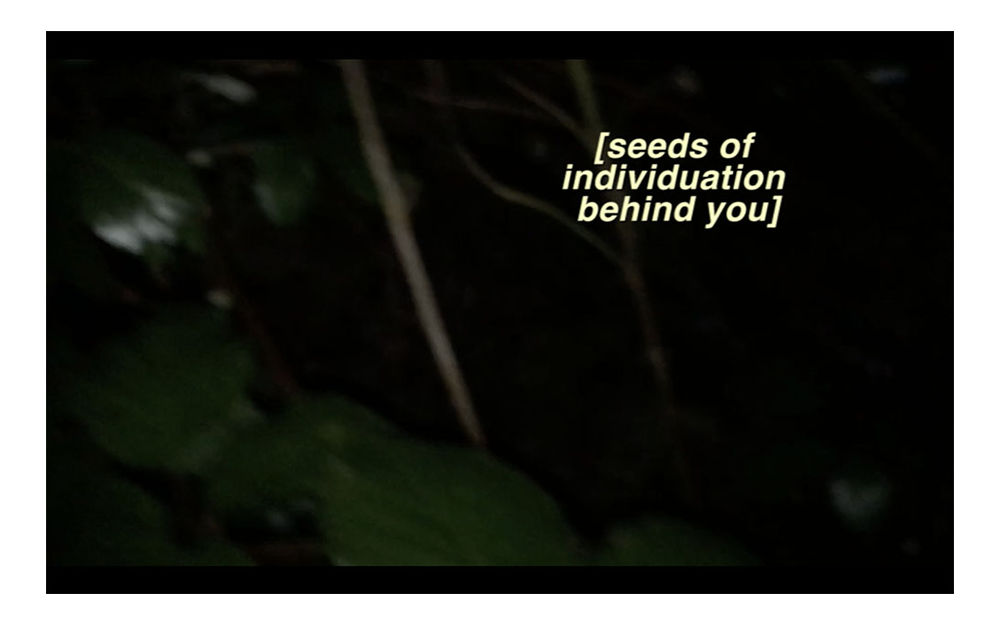

‘‘Old man, teach me this trick’’ Coyote says. ‘‘This is no trick, but a way of seeing the world. When I send my eyes to the sky, I look in the four directions and only the four. In that way I show respect to that which I see. Never try to see too much,’’the old man says. ‘‘That’s fine, but teach me the song anyway’’ Coyote says.
‘‘Old man, teach me this trick’’ Coyote says. ‘‘This is no trick, but a way of seeing the world. When I send my eyes to the sky, I look in the four directions and only the four. In that way I show respect to that which I see. Never try to see too much,’’the old man says. ‘‘That’s fine, but teach me the song anyway’’ Coyote says.








A metal structure with rust on the lower parts, testifying an old presence of water. The narcissistic surface disappeared. This structure composed by an assemblage of technological organs, functions as a rover. It digests the flow of images and sounds from its environment, trying to understand it by using these tools differently. One of the channels directs the image to a projector that transmits through a mirror to the surface of a scanner. The image of the ‘present’ is approached by the temporality of the scan.
A metal structure with rust on the lower parts, testifying an old presence of water. The narcissistic surface disappeared. This structure composed by an assemblage of technological organs, functions as a rover. It digests the flow of images and sounds from its environment, trying to understand it by using these tools differently. One of the channels directs the image to a projector that transmits through a mirror to the surface of a scanner. The image of the ‘present’ is approached by the temporality of the scan.




A video essay exploring the links between the contemporary fabric of terror and the perceptual reminiscences of our primitive ‘predator - prey’ condition. With texts from Marie-José Mondzain, Viviana Lipuma, Andrei Tarkovsky, Barbara Glowczewski and NASA Insight.
A video essay exploring the links between the contemporary fabric of terror and the perceptual reminiscences of our primitive ‘predator - prey’ condition. With texts from Marie-José Mondzain, Viviana Lipuma, Andrei Tarkovsky, Barbara Glowczewski and NASA Insight.
Or 20 stories on representation





Lecture of 20 stories about different relationships with pictures. From aborigine paintings to Amanda Lear and her replacement of all the mirrors of her appartment by integrated video circuit, 20 anecdotes about relationship with representation are told with the combination of the preview screen of a printer and oral transmission.
Lecture of 20 stories about different relationships with pictures. From aborigine paintings to Amanda Lear and her replacement of all the mirrors of her appartment by integrated video circuit, 20 anecdotes about relationship with representation are told with the combination of the preview screen of a printer and oral transmission.














